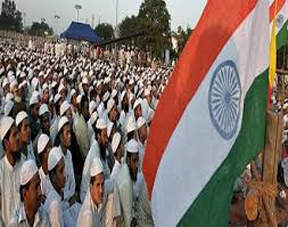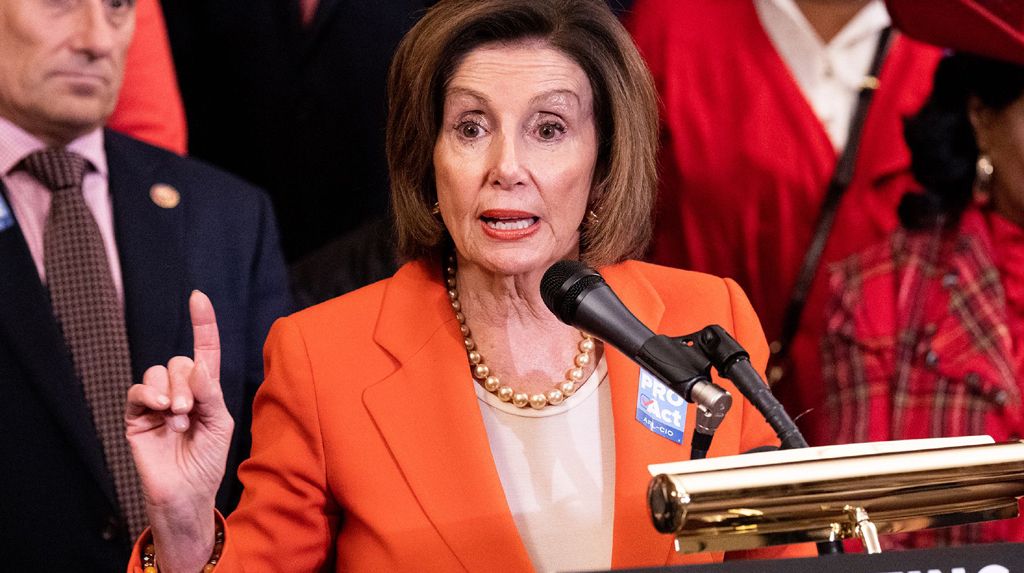 WASHINGTON: India will overtake Indonesia as the country with the largest number of Muslims in 2050 while Hindus will become the world’s third largest population by that time, according to a new study by a US think-tank.
WASHINGTON: India will overtake Indonesia as the country with the largest number of Muslims in 2050 while Hindus will become the world’s third largest population by that time, according to a new study by a US think-tank.
According to the Pew Research Center’s religious profile predictions assessed data released yesterday, Muslims are projected to grow faster than the world’s overall population and that Hindus and Christians are to roughly keep pace with worldwide population growth.
“India will retain a Hindu majority but also will have the largest Muslim population of any country in the world, surpassing Indonesia,” the Pew report said.
According to Pew in 2011, Indonesia had a Muslim population of about 205 million as against India’s 177 million.
“Over the next four decades, Christians will remain the largest religious group, but Islam will grow faster than any other major religion,” it said.
The report predicted that by 2050 there will be near parity between Muslims (2.8 billion, or 30 per cent of the population) and Christians (2.9 billion, or 31 per cent), possibly for the first time in history.
There were 1.6 billion Muslims in 2010, compared to 2.17 billion Christians.
“The number of Muslims will nearly equal the number of Christians around the world,” the report said.
If the trend continues, Islam will be the most popular faith in the world after 2070, it said.
By 2050, Muslims will make up about 10 per cent of the Europe’s population, up from 5.9 per cent in 2010.
The Hindu population is projected to rise by 34 per cent worldwide, from a little over 1 billion to nearly 1.4 billion by 2050.
By that time, Hindus will be third, making up 14.9 per cent of the world’s total population, followed by people who do not affiliate with any religion, accounting for 13.2 per cent, the report said.
The people with no religious affiliation currently have the third largest share of the world’s total population.
Over the same period, the number of Hindus in Europe is expected to roughly double, from a little under 1.4 million (0.2 per cent of Europe’s population) to nearly 2.7 million (0.4 per cent), mainly as a result of immigration, the report said.
In North America, the Hindu share of the population is expected to nearly double in the decades ahead, from 0.7 per cent in 2010 to 1.3 per cent in 2050, when migration is included in the projection models. Without migration, the Hindu share of the region’s population would remain the same.
Buddhism is the only faith that is not expected to increase its followers, due to an ageing population and stable fertility rates in Buddhist countries, such as China, Japan and Thailand.
The projections considered fertility rates, trends in youth population growth and religious conversion statistics.
The study also predicts that one in nine British nationals will be Muslim by 2050, with Christianity set to become the minority religion in the UK.
According to projections, the proportion of the British population identifying themselves as Christian will reduce by almost a third by 2050 to stand at just 45.4 per cent, compared with almost two thirds in 2010.
The number of Muslims in Britain is predicted to more than double to 11.3 per cent, or one in nine of the total population during that time.
But the report predicts that biggest change in the religious make-up of Britain in the next three and a half decades will be a major expansion in the number of non-religious or atheist people.
The predictions confirm analysis from the most recent UK census which saw the number of children growing up as Muslims in the UK almost double in a decade.
If the projections, which are based on official population figures, birth rates and immigration estimates from around the world, are borne out, it could amount to the most significant religious realignment in Britain since the arrival of Christianity.
It would mean that by 2050 Britain would have the third largest Muslim community, as a share of the population in Europe, overtaking France, Germany, Belgium and a handful of other countries.–PTI






